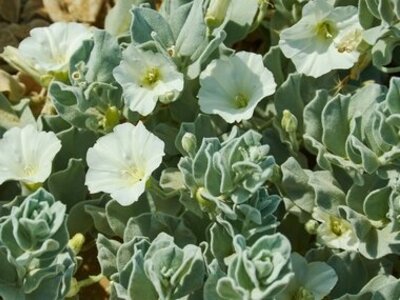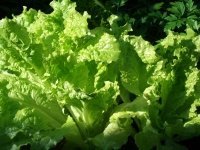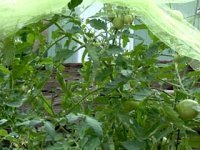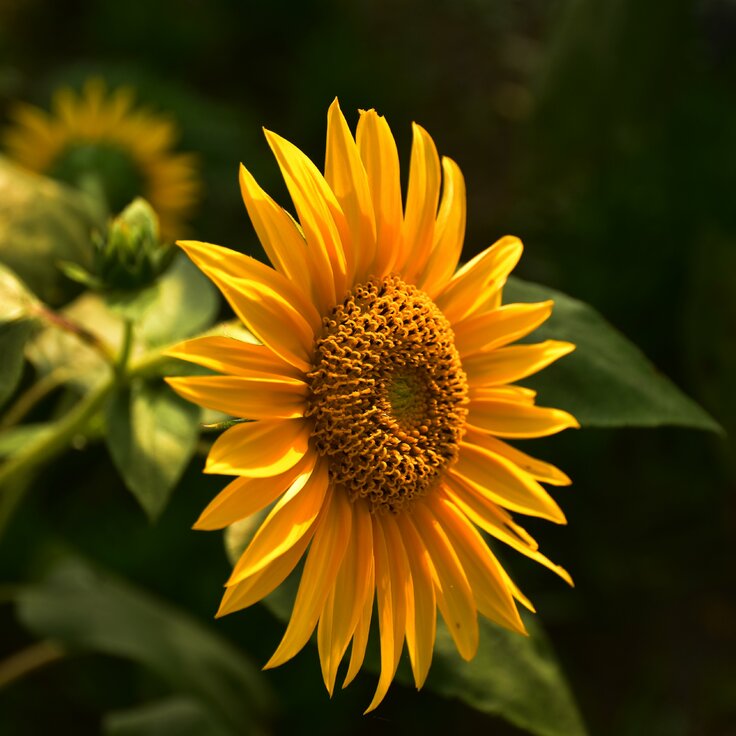Succession Gardening
August is a very busy time in the vegetable garden. We're harvesting beans, squash, tomatoes, peppers, kale, broccoli, artichokes, and herbs. It seems like the bounty will never end. But the days are getting shorter and once August slips by, the light levels in our northern climate dip significantly and fall and frost is definitely in the air. But with a little effort now, the harvest can continue well into the holidays.
Planting to Succeed
Succession planting means planting small batches of crops many times throughout the season. Succession planting works well because as one crop finishes producing, it can be pulled out and composted, leaving room for another.
Start With Greens
A good place to start the fall garden is with greens. Spinach, arugula, lettuce, mustard, and mesclun all grow well in our cool fall weather and are ready to harvest sometimes less than a month after germination. Pants grow slower in fall due to shorter days and less light intensity, so you need to allow a couple more weeks for them to reach maturity than spring planted crops. You can also plant some greens in a cold frame, which will protect the greens from light frosts and extend the harvest time into November and sometimes even December, depending on the weather.
Cool Cole Crops
If you thought ahead you might have started some cole crops such as cabbage of broccoli indoors in July for transplanting outdoors now. If not, check local garden centers. Many will have transplants available. Place transplants on raised beds protected from pest with a floating row cover. Transplants have many more insects to contend with in late summer than spring. Fertilize lightly with a soluble fertilizer such as fish emulsion.
Protect Root Crops
Although it may be too late for many gardeners to plant more carrots and beets (unless you just like beet greens), you can plant a fall radish crop and protect your summer root crops from winter's cold. Leave some of your parsnips, carrots and beets in the garden and before a hard freeze cover them with a thick layer of straw as winter protection. You'll be able to harvest roots for the holidays.
Garlic and Shallots
Fall is the best time to plant garlic and shallots. Clear an area, make a raised bed, fertilize with bone meal or a high phosphorous fertilizer, and plant individual cloves about 6 to 8 inches apart in rows. Keep well watered this fall, and after a hard freeze mulch with straw.
A little planting now will ensure that the fall harvest will last almost until it's time to start seeds again for spring.
Read more at the Gardening Association.








